Increasing Demand for Fuel Efficiency
The Aero Engine Coating Market is experiencing a notable surge in demand for fuel-efficient engines. As airlines and manufacturers strive to reduce operational costs and environmental impact, the emphasis on advanced coatings that enhance engine performance becomes paramount. Coatings that minimize friction and improve thermal resistance are increasingly sought after, as they contribute to better fuel economy. According to recent data, engines equipped with high-performance coatings can achieve fuel savings of up to 5%, which is significant in an industry where margins are often tight. This trend is likely to drive innovation and investment in the Aero Engine Coating Market, as companies seek to develop and implement cutting-edge solutions that meet these evolving demands.
Rising Air Travel and Aircraft Production
The Aero Engine Coating Market is closely linked to the rising demand for air travel and the subsequent increase in aircraft production. As more individuals and businesses opt for air travel, airlines are expanding their fleets to accommodate this growth. This expansion necessitates the production of new aircraft, which in turn drives the demand for high-quality engine coatings. Recent statistics indicate that aircraft deliveries are projected to increase significantly over the next decade, further fueling the need for advanced coatings that enhance engine efficiency and performance. Consequently, the Aero Engine Coating Market is likely to experience robust growth as manufacturers respond to this rising demand.
Focus on Maintenance and Lifecycle Management
The Aero Engine Coating Market is increasingly focusing on maintenance and lifecycle management of aero engines. As operators seek to maximize the operational efficiency of their fleets, the role of coatings in maintenance practices becomes critical. Advanced coatings not only improve the performance of engines but also facilitate easier maintenance and longer intervals between overhauls. This focus on lifecycle management is prompting airlines and operators to invest in high-quality coatings that can withstand wear and tear, thereby reducing downtime and maintenance costs. The Aero Engine Coating Market is expected to grow as stakeholders recognize the value of investing in durable and efficient coating solutions that enhance the overall lifecycle of aero engines.
Technological Innovations in Coating Materials
The Aero Engine Coating Market is benefiting from rapid technological advancements in coating materials. Innovations such as thermal barrier coatings, ceramic coatings, and advanced polymer composites are enhancing the performance and durability of aero engines. These materials are designed to withstand extreme temperatures and corrosive environments, thereby extending the lifespan of engine components. The introduction of nanotechnology in coatings is also gaining traction, as it offers improved properties such as increased hardness and reduced weight. As manufacturers continue to explore and implement these advanced materials, the Aero Engine Coating Market is poised for substantial growth, driven by the need for more efficient and reliable engine performance.
Regulatory Compliance and Environmental Standards
The Aero Engine Coating Market is significantly influenced by stringent regulatory frameworks aimed at reducing emissions and enhancing environmental sustainability. Governments and international bodies are imposing regulations that require aircraft manufacturers to adopt eco-friendly practices, including the use of advanced coatings that reduce harmful emissions. These regulations not only drive the demand for innovative coating solutions but also encourage manufacturers to invest in research and development. The market is witnessing a shift towards coatings that are compliant with these environmental standards, which is expected to propel growth in the Aero Engine Coating Market. As a result, companies that can offer compliant and sustainable coating solutions are likely to gain a competitive edge.


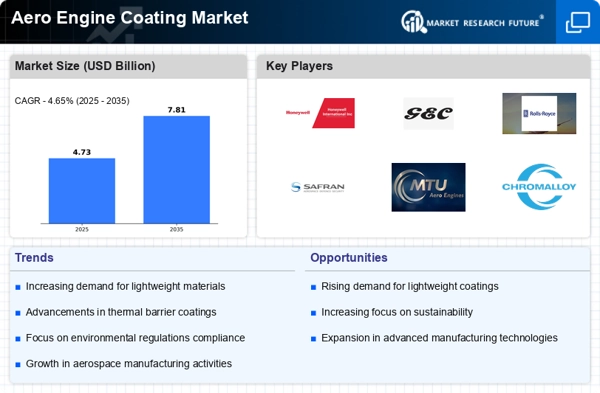
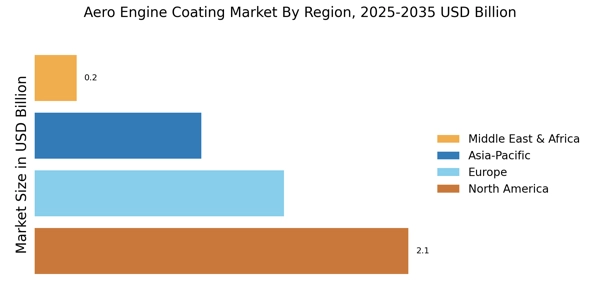



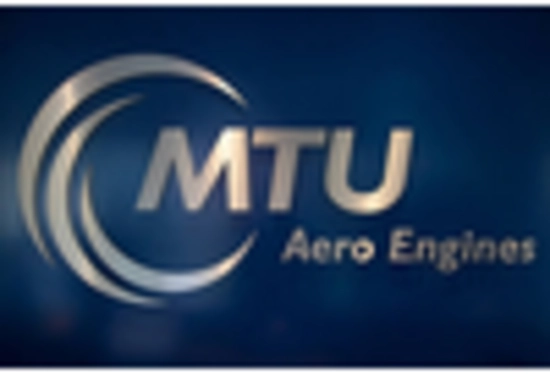
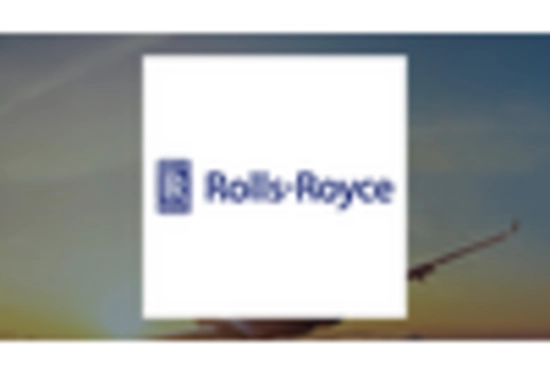
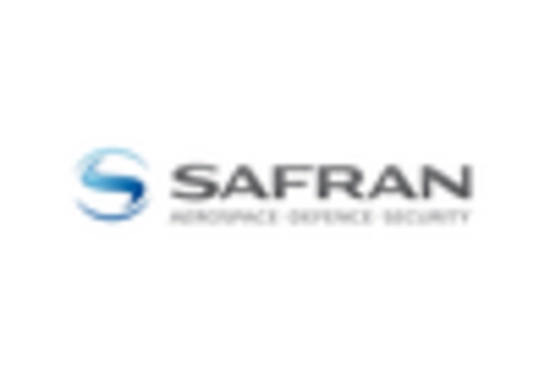








Leave a Comment